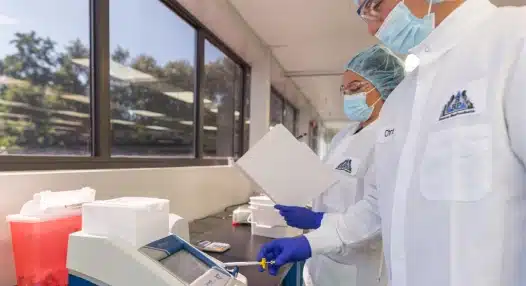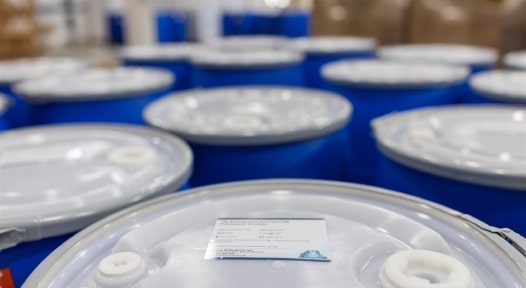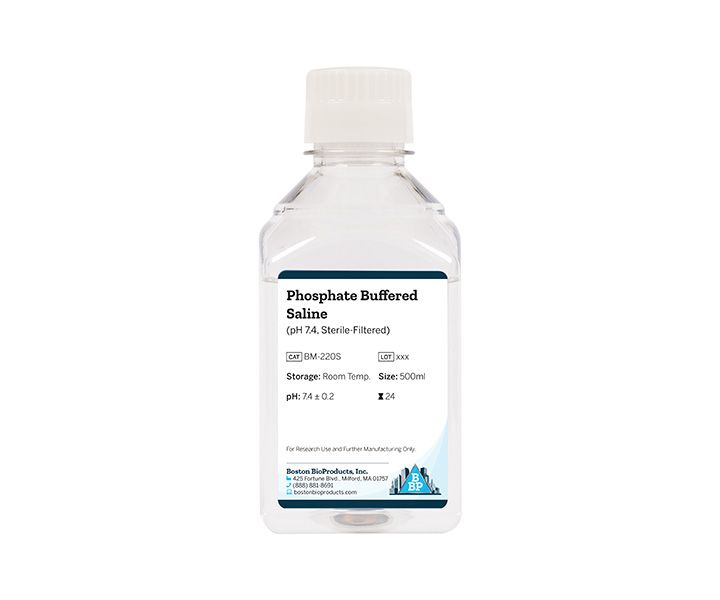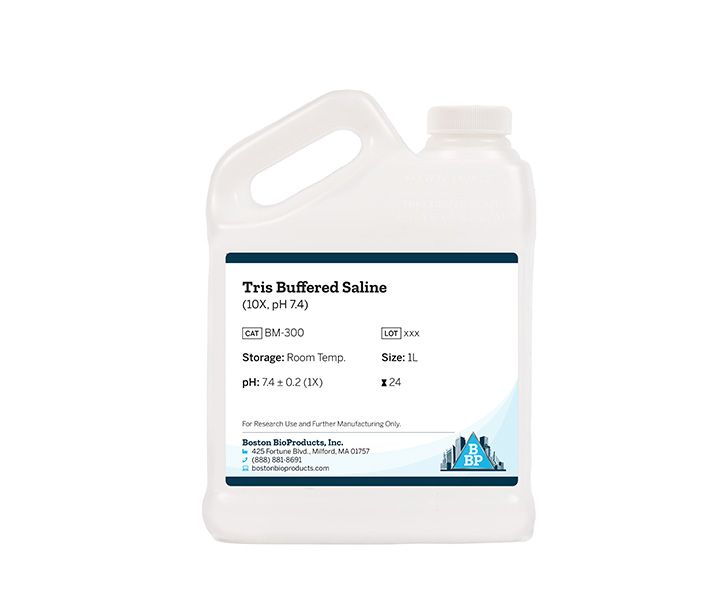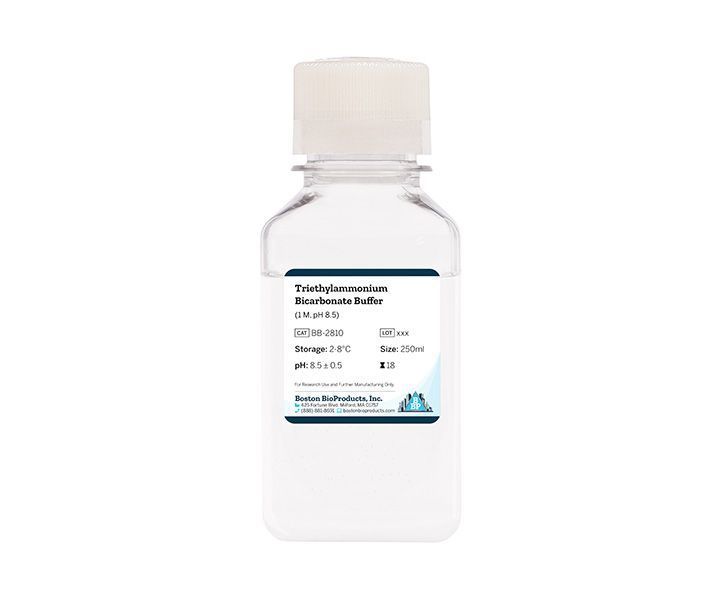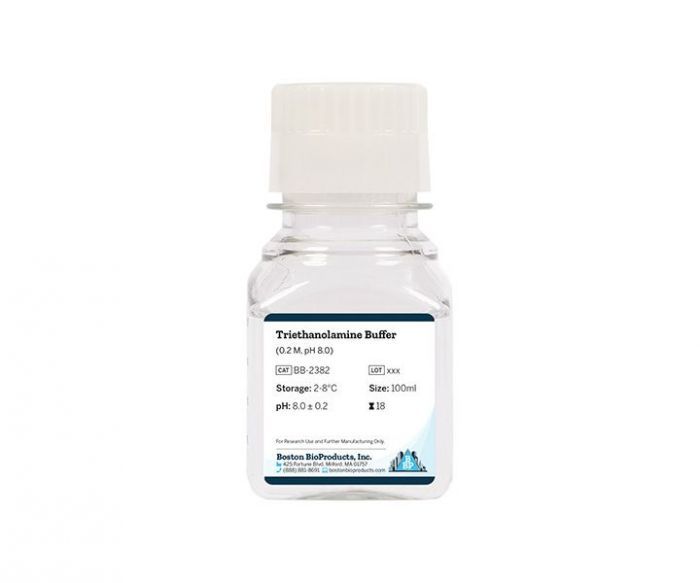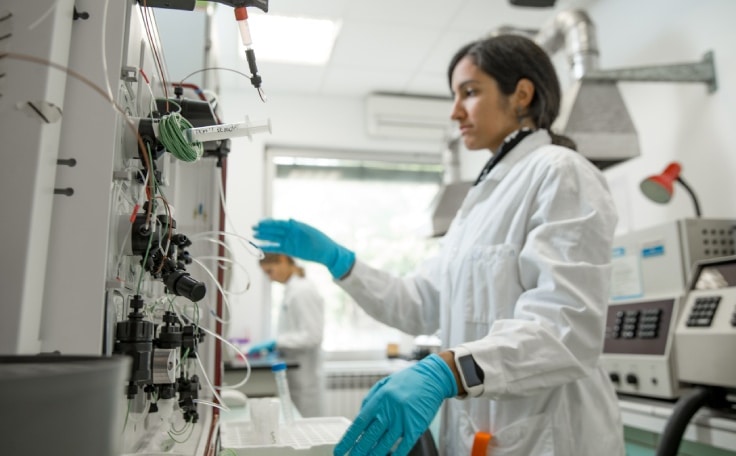
Improve separation and protein quality with optimized FPLC buffers
If you perform biochemical assays on purified proteins, you've likely experienced the pains of FPLC purification. The process separates proteins from whole-cell lysates through differences in size or affinity of the protein using a mobile and stationary phase.
Have you experienced insufficient separation? Are your purified proteins inactive or misfolded? This may be due to low buffer quality or use of inappropriate buffer conditions. Boston BioProducts has the expertise to get your FPLC on track.
How FPLC works
The FPLC process involves passing a protein mixture through a column packed with your resin of choice that selectively bind proteins. The bound proteins are then eluted from the column using a buffer gradient, resulting in highly purified protein samples-assuming you have a quality buffer.
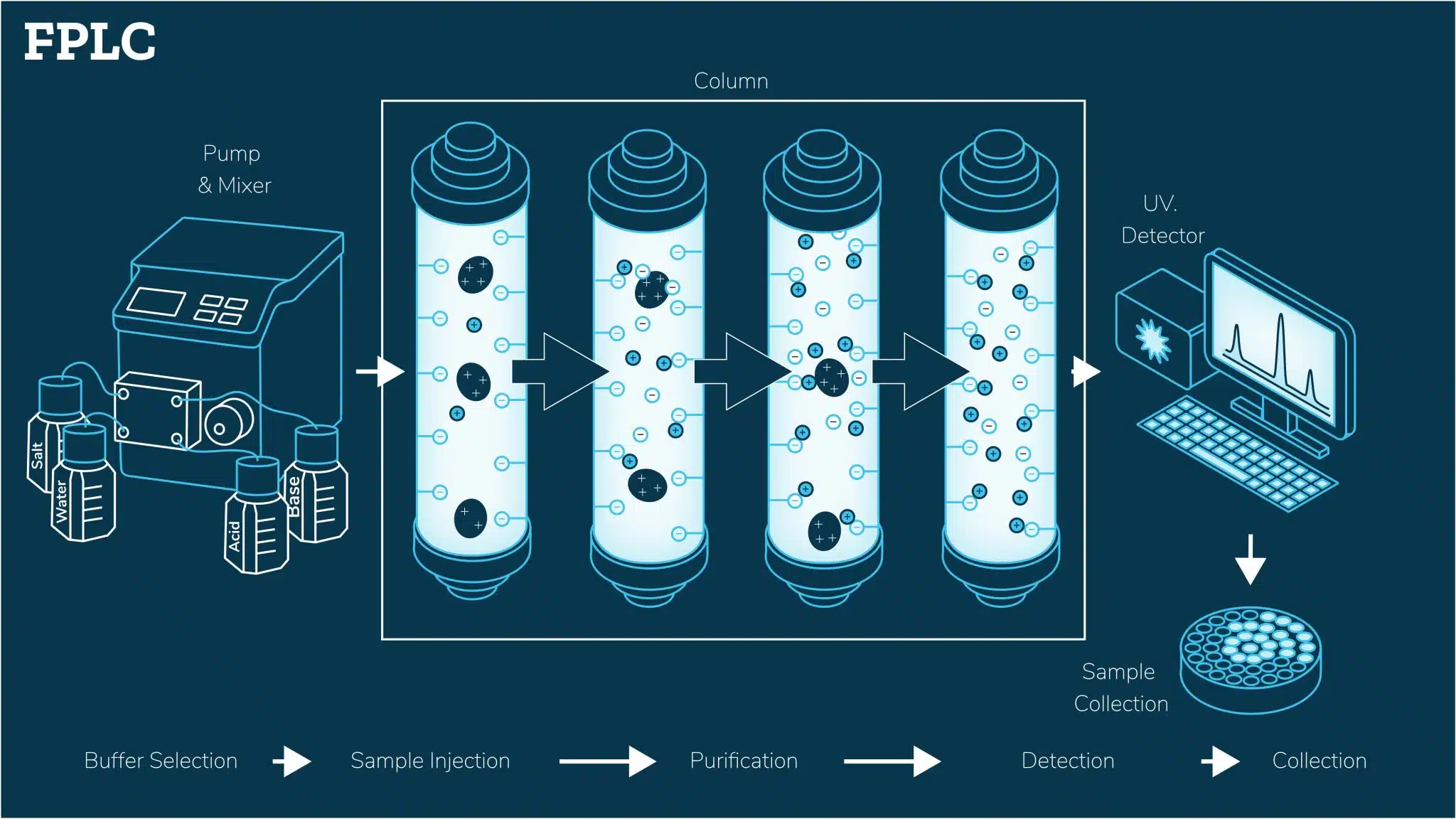
How we simplify the process
You aren't alone if you struggle with choosing and utilizing the appropriate buffer conditions for FPLC protein purification. We can help you identify the optimal buffer pH to retain protein affinity to resins for ion-exchange chromatography, improve purity and resolve peaks by identifying optimal buffer salt concentration gradients, and maintain the function and structure of target proteins by using a detergent appropriate for your purification process and downstream applications. Our proven history of success and rigorous quality assurance processes ensure your needs are met at every step of the way.
Ways Boston BioProducts can help:
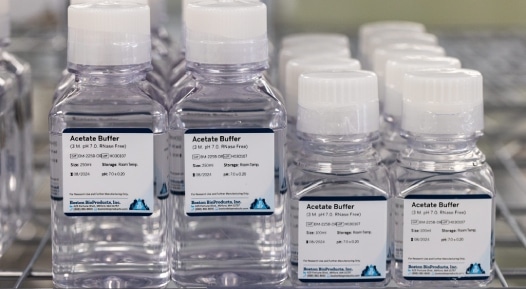
High-quality custom buffers
Efficient separation of proteins during purification steps often requires high purity grade chemicals and components. Boston BioProducts uses the highest quality chemicals and components for buffer manufacturing. We selectively choose raw material vendors and product distributors with the highest standards and requirements. You can rest with confidence that we have a strong network of distributors and vendors.
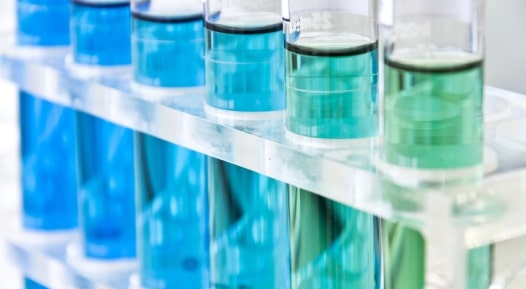
Fit-for-purpose and scalable buffers
Many FPLC protein purification protocols require specific buffers containing unique salt concentrations, pH ranges, and other components. Most buffer suppliers only offer customary buffer conditions that may not be suitable for your specific scenario. With Boston BioProducts you specify the recipe, concentration, pH, and protocol for a buffer specific to your FPLC purification. We then provide a quality, scalable custom product quickly, so you are always equipped for your next purification.
Learn more about how
Boston BioProducts can help
Featured Services & Resources
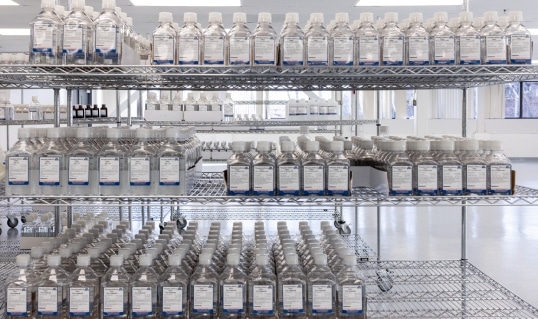
Custom Buffer Manufacturing
You specify the formulation and specification, and we take care of the rest. With Boston BioProducts, expect reproducibility, high-quality raw materials, and scalable buffers.
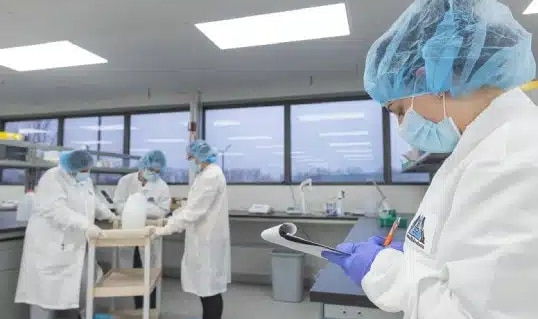
Quality Assurance
With intentionally chosen suppliers and a proactive quality culture, our products will set a strong foundation for your laboratory.
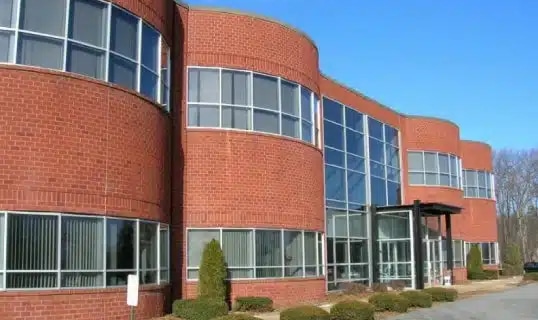
Our Facilities
Our products are made in-house at our ISO-certified 115,000+ ft2 facility. We use state-of-the-art equipment with validation documentation, ensuring consistent, high-quality products.
Frequently Asked Questions
FPLC protein purification works by flowing a buffer across a resin. Proteins have different affinities to the resin, causing them to flow through the resin at different rates. An FPLC is often equipped with a UV detector to visualize elution of proteins off of the instrument. The separated proteins can then be collected and used for further biochemical characterization.;
FPLC purification is often difficult due to similarities in proteins of interest and other proteins in cell lysates. This leads to the need for multiple purification steps on multiple resin columns. Other issues come from particularly unstable proteins that misfold or become inactive during the purification process. Adjusting buffer salt concentrations and pH are common ways of troubleshooting this issue.
The most common types of buffers used in FPLC include: MOPS, HEPES, tris, and phosphate buffers. The specific pH range and salt concentration may vary based on the protein of interest being purified or the specific purification protocol used.
Purifying under well-buffered conditions with ideal ionic strength will improve solubility and purity of the protein. Consider using an affinity tag that can be removed to reduce the possibility of reduced activity due to non-native sequences. Finally, adding size-exclusion and ion-exchange chromatography steps may enhance the purity of your protein.
An FPLC is typically composed of four components: pump, column, detection system, and a fraction collector. The pump controls the pressure of flow of the buffer through the resin in the column. The column contains the stationary phase resin used for separation of proteins. The detection system usually contains at least UV detection to visualize elution of proteins off the column. The fraction collector collects aliquots in separate tubes off the column as the protein is eluted. All of these components work together for efficient FPLC protein purification.

